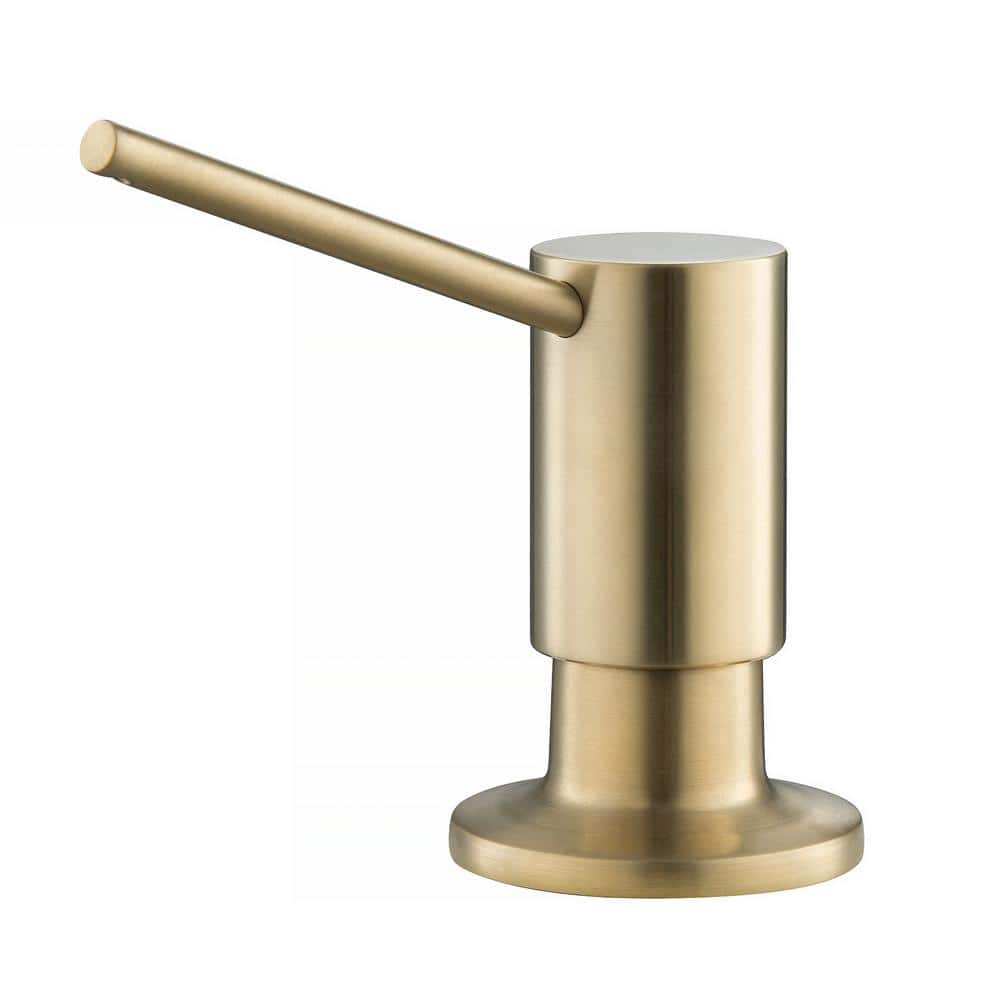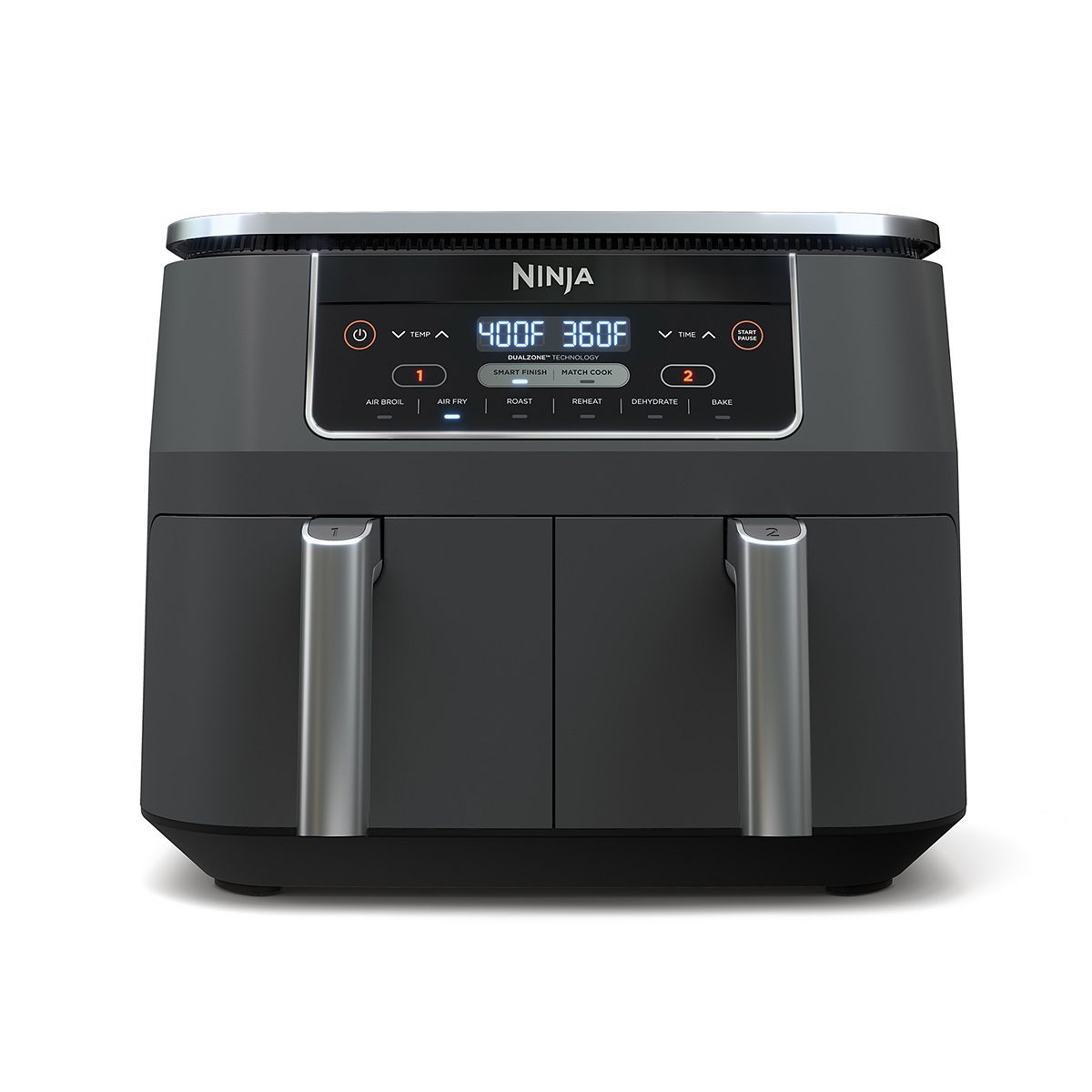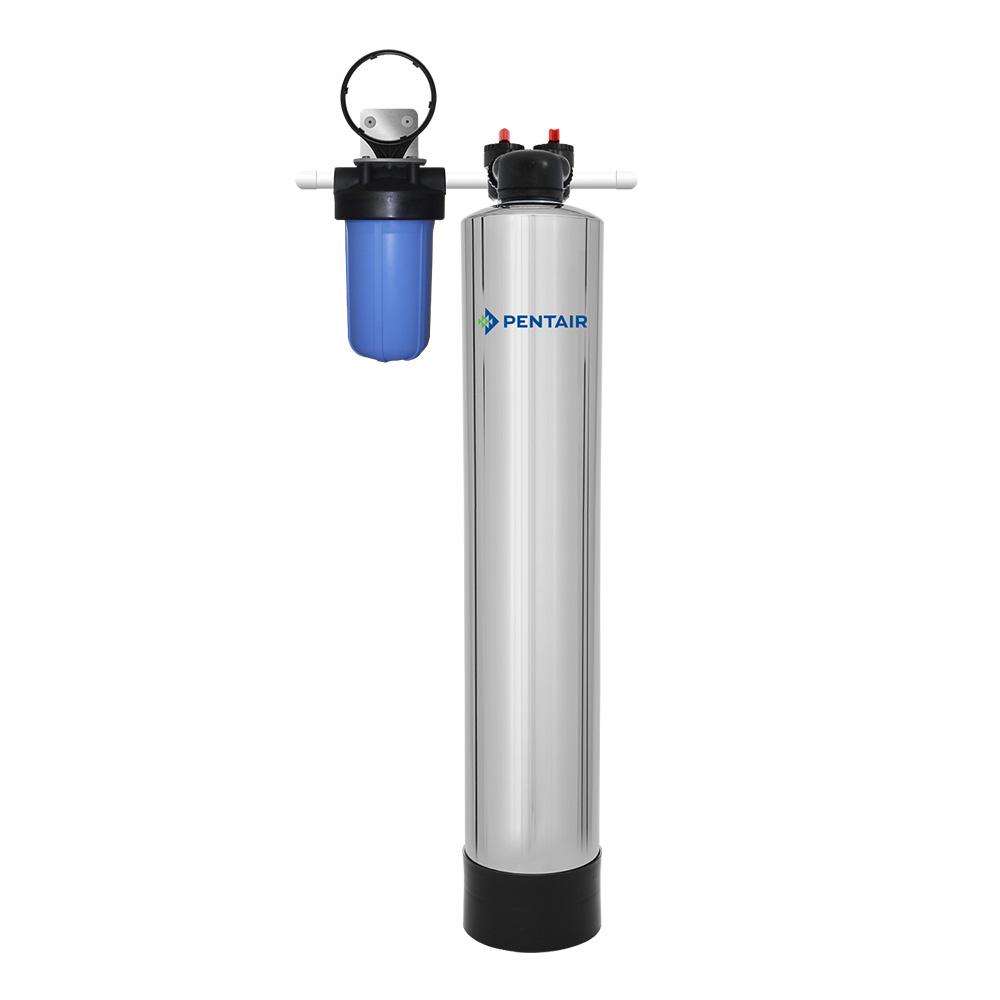KRAUS Kitchen Soap Dispenser KSD41 in Brushed Gold
Constructed from lead-free brass for maximum durability. Corrosion and rust resistant. Holds up to 12 oz. of liquid.
This easy-push self-priming soap dispenser is the perfect complement for your kitchen faucet. The large-capacity bottle holds your choice of liquid soap, detergent, or lotion, and refills from above the counter for maximum convenience. The threaded connection makes installation easy, with a tight waterproof seal to protect against leaks. Pump rotates 360° so you can position the nozzle anywhere you need it. Comes in a choice of flawless finish to match any kitchen faucet.
- Solid brass construction for long-lasting functionality
- Self-priming pump rotates 360° for hassle-free use
- Reservoir bottle holds up to 12 oz. of liquid, requires fewer refills
- Easy-to-install threaded connection offers a tight, waterproof seal
- Easy to refill: top lifts up for easy refill from above the kitchen counter
- Corrosion-resistant finish will not fade or tarnish over time
- Coordinates with all KRAUS kitchen faucets (sold separately)
- 1 year limited warranty: satisfaction guaranteed with top-rated customer service that always puts you first
Additional information
| Dimensions | H 11.9 in, W 2.2 in, D 2.2 in |
|---|---|
| Manufacturer Warranty | 1 Year Limited Warranty |






by Edgar
Very convenient addition to a sink with a spray nozzle now incorporated in the faucet.
by Ken
Easy to install and works well.
by Allen
Installation should have been easier, but the ring would not completely meet the bottom of sink. Filling is a bit of a challenge.
by Richard
Looks great…works well. Easy install.
by Cole
I purchased this soap dispenser to replace the one that came as a set which included my actual stainless steel sink, faucet and soap dispenser. I found this one to be less heavy duty, meaning the spout for the soap is less thick. It works and was easy to install but a little disappointed that it wasn’t heavier and as substantial as the original. The Kraus company recommended the KSD 41 (even thinner) I brought that back and purchased the KSD43.